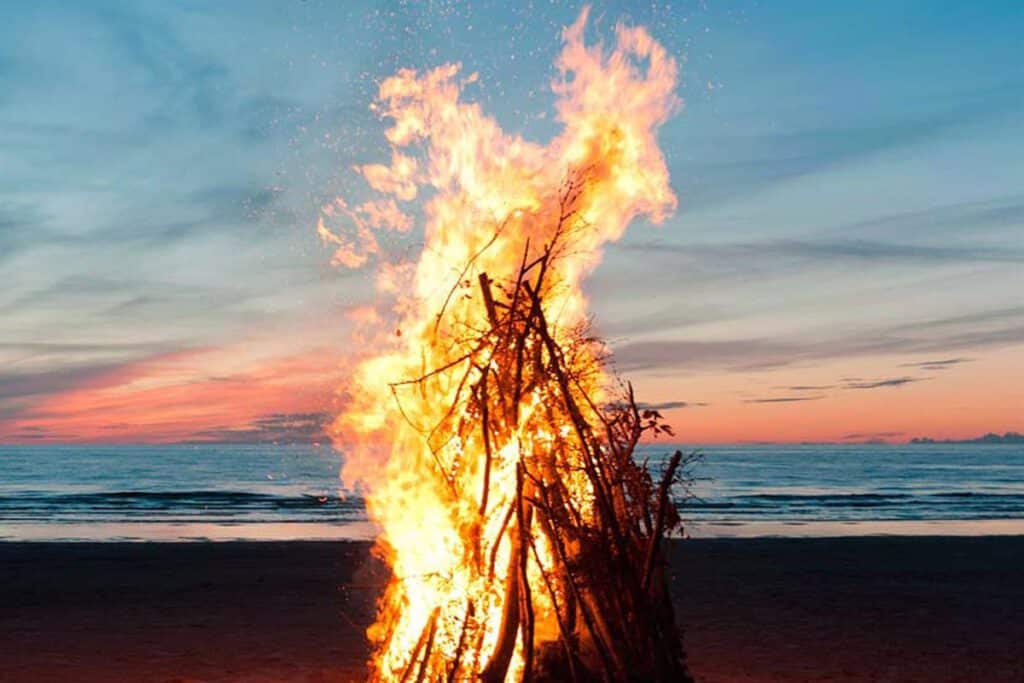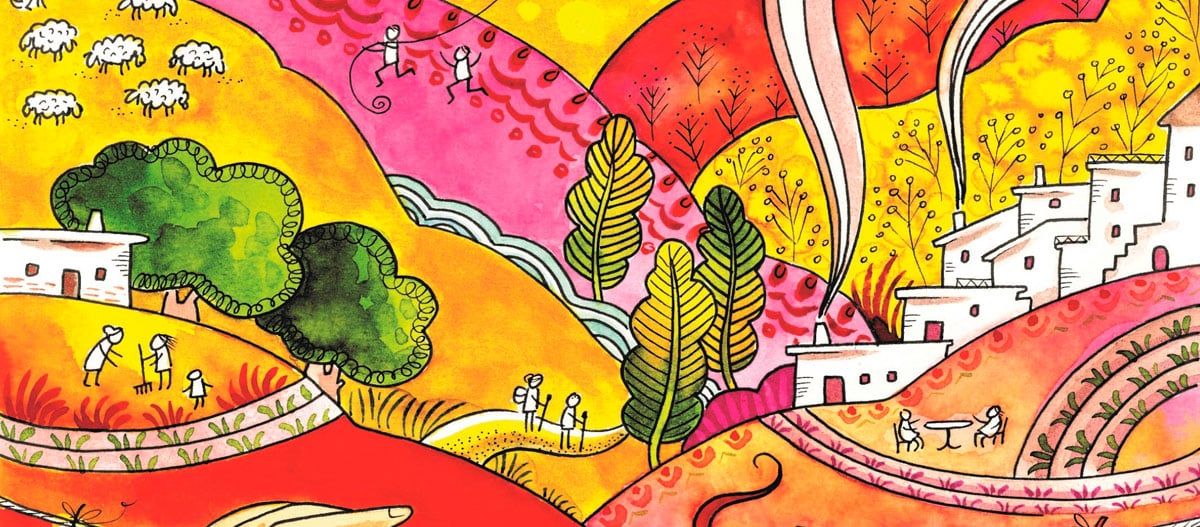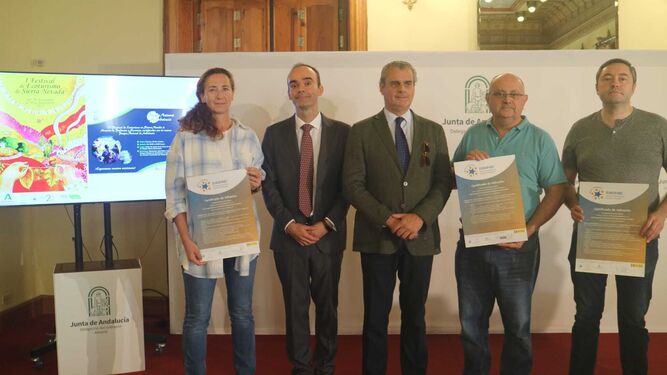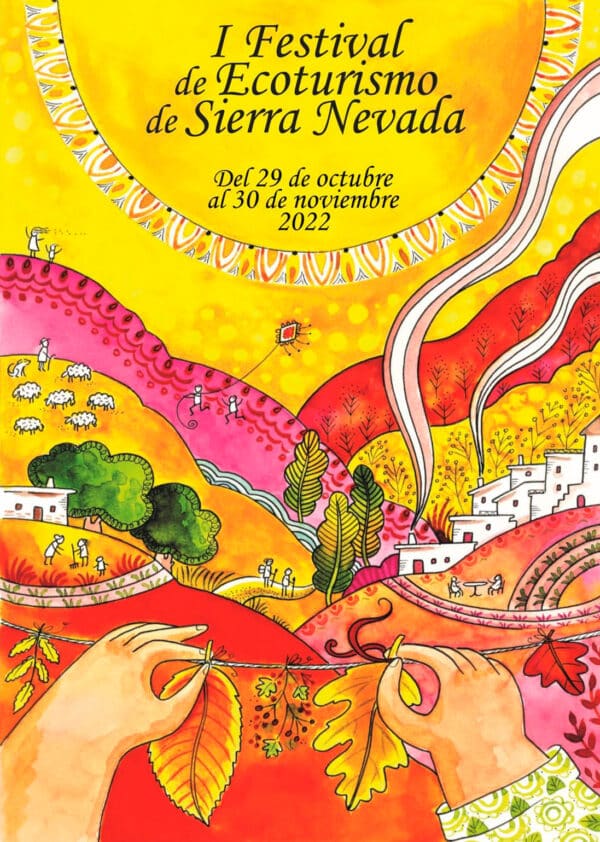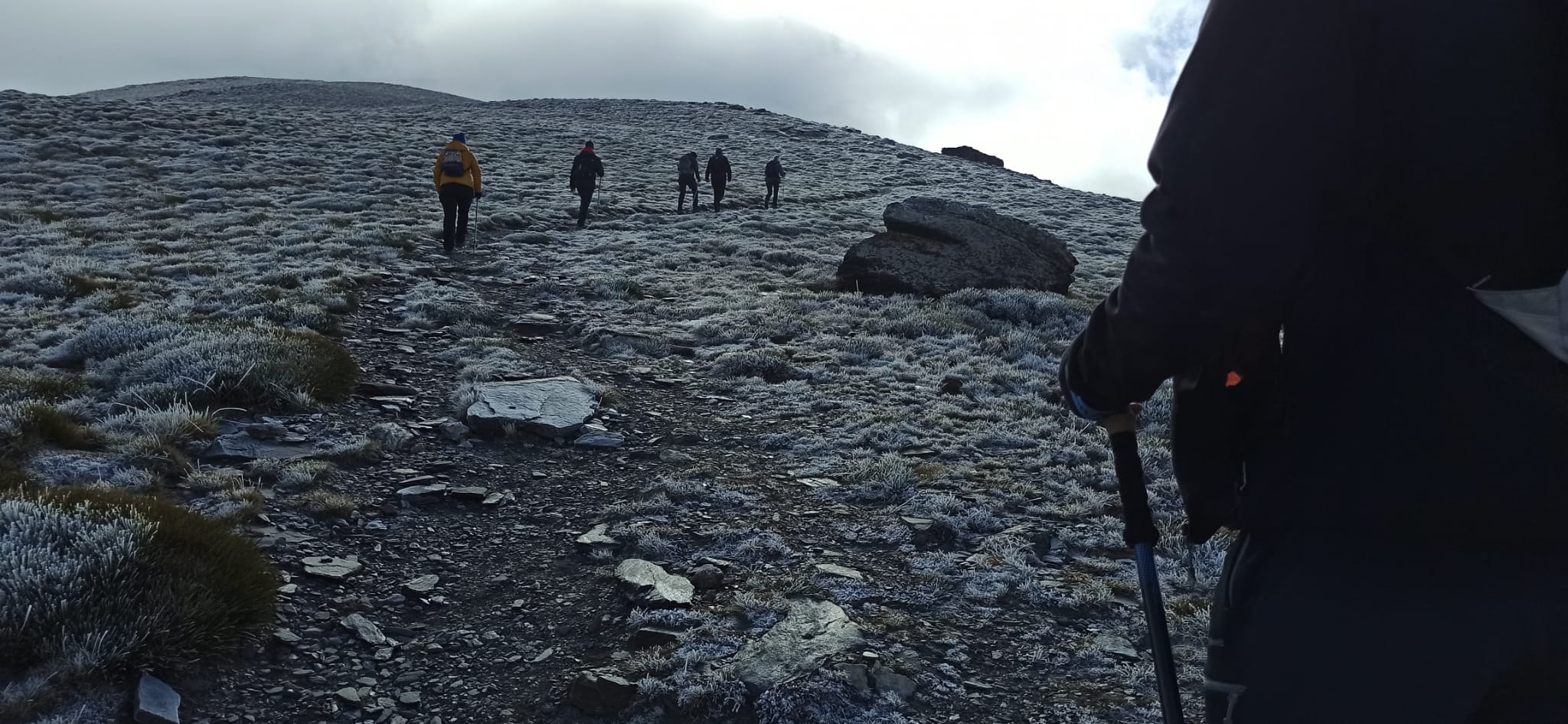Today June 23 is celebrated the feast of San Juan. It is the shortest night of the year and also one of the most magical, in which bonfires are lit in the squares and beaches of the villages to celebrate the arrival of summer.
Origin of the feast of St. John
The St. John's Eve is really the christianization of the celebration of the summer solstice. The origin of this well-known celebration is linked to pagan rites prior to the establishment of Christianity, where thousands of years ago the arrival of the summer solstice (between June 20 and 23) was celebrated in the northern hemisphere.
The main rite consisted of a cult to the sun and the lengthening of the day. A bonfire was lit in order to give more strength to the sun, which was shortening the days until the arrival of the winter solstice (between December 20 and 23).
The Christian feast of St. John is celebrated on June 24, coinciding with the birth of St. John the Baptist, six months before the birth of Jesus Christ on December 24.
In the Bible, this is the date on which Zechariah, father of John the Baptist, had a bonfire lit to announce the birth of his son. As in other important dates, the Catholic Church assimilated this tradition and adapted it to its calendar, which is why the bonfires of St. John are related to the birth of this biblical character.

2. Where it is held
Although it is an international holiday, it is celebrated mainly in European and Latin American countries.
In Europe this festivity is especially rooted in England (Midsummer or St. John's Eve), Ireland, Portugal (fogueiras de São João), Norway (Jonsok), Denmark (Sankthans), Sweden (Midsommar), Finland (Juhannus), Estonia (Jaanipäev) and Spain.
In Latin America, the night of San Juan is celebrated in Argentina, Brazil, Bolivia, Cuba, Chile, Ecuador, Paraguay, Peru, Puerto Rico and Venezuela, and is related to very old Spanish traditions and legends.
Traditions and rituals
In European countries, it is customary to perform bonfires in the streets and squares of towns and villages where family and friends gather.
In Spain, the following are made bonfires on the beachesare pulled fireworks and verbenas are set up for much of the night. It has also become a tradition to bathe on the beach.
Depending on the region where it is celebrated, the customs vary. In Catalonia and the Valencian Community, pyrotechnics take on special relevance. In Galicia and Asturias, Celtic traditions predominate, accompanied by dances and concerts. In Andalusia, burning rag dolls or other materials in bonfires.
Some of the new rituals performed during this special night include jumping over the bonfire seven times so that the fire will protect you for the rest of the year, jumping nine waves backwards to eliminate negative energies or bathing in the sea at midnight for good health.

We hope you enjoy this special night, especially for those of us who live in Almeria... The nights of San Juan are unrepeatable!
Now then, from AL-Mihras we recommend celebrating San Juan in moderation and in a sustainable way, you know us 🙂

